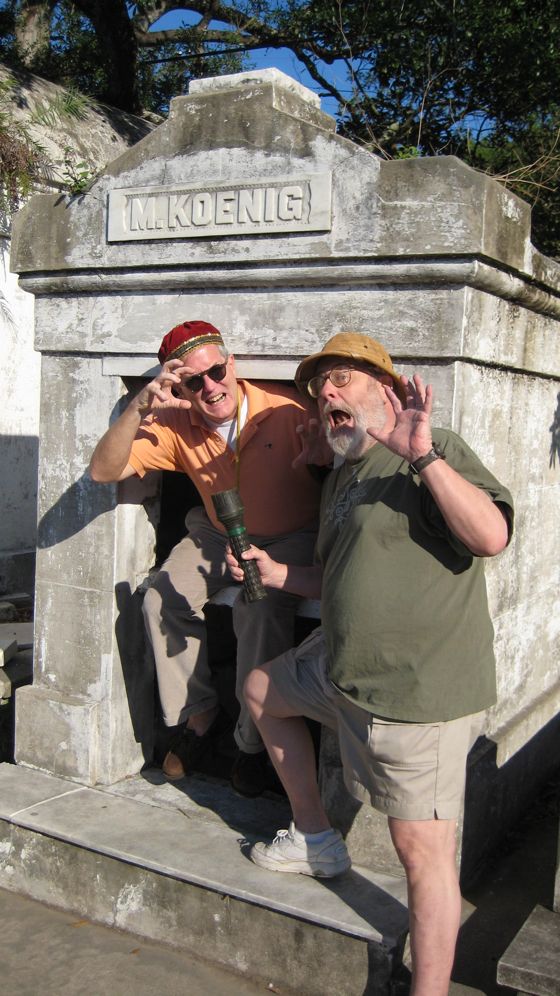
Paul Zahl and Bill Bowman, robbing tombs in New Orleans last week.
When these guys were teenagers, and I was, too, we used to make 8mm monster movies together. Time has played havoc with us in many ways, but we remain utterly untouched by maturity.


Paul Zahl and Bill Bowman, robbing tombs in New Orleans last week.
When these guys were teenagers, and I was, too, we used to make 8mm monster movies together. Time has played havoc with us in many ways, but we remain utterly untouched by maturity.
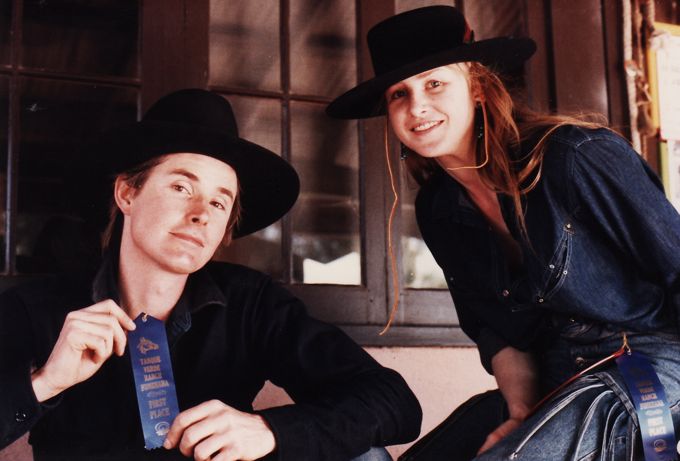
My friends Kevin and Darci after taking blue ribbons in separate events
at the Funkhana, an amateur rodeo competition at Tanque Verde Ranch in
Arizona. Kevin was an experienced horsebacker, Darci not so much, but
she willed herself into first place in a state of excitement which the
horse picked up on, somehow understanding that he and Darci could not lose. Watching the performance, Kevin said, “Look, Lloyd — two beautiful creatures being hysterical together.” An image from golden days long past.

My friend Kevin Jarre was rarely seen anywhere without his Perfecto motorcycle jacket. (I'm wearing mine in the picture above.) He was a motorcycle buff but he wore the Perfecto whatever his ride happened to be at the time — Land Rover, limousine, train, taxicab, subway, horse. He would sometimes consent to wear a sports jacket, for a formal occasion, to get into a fancy restaurant, to please a young lady he was courting, but the Perfecto was his uniform — it was what he put on when he went to work being Kevin Jarre.
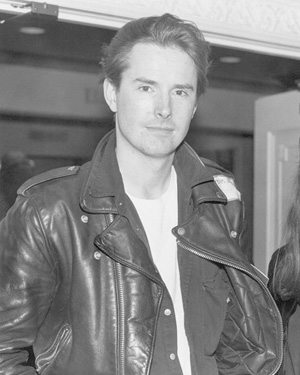
He talked me into buying one, and when I did he replaced the cheesy buckle that comes with the Perfecto with a heavier one, exchanging them himself at a leather repair shop where he talked the owners into letting him use their tools. Aside from the buckle, the modern Perfecto is a fine and virtually indestructible object, no different than it was when it was first manufactured in 1928 — the first zippered motorcycle jacket — no different than the one Marlon Brando wore in The Wild One in 1954.
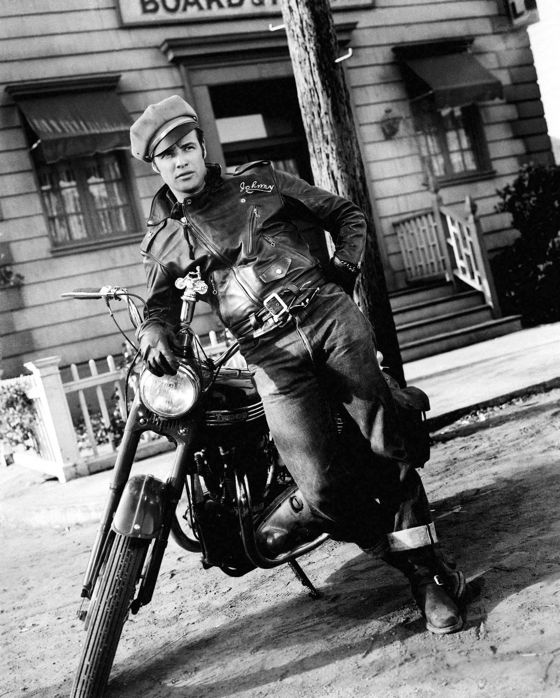
When I heard this month that Kevin had died I pulled my Perfecto out of the closet and started wearing it around town. Sometimes I get funny looks when I do this — I have a tad less style than it takes to wear a Perfecto well. That's what I'm reminding myself of, I guess — Kevin's supreme but eccentric sense of style.
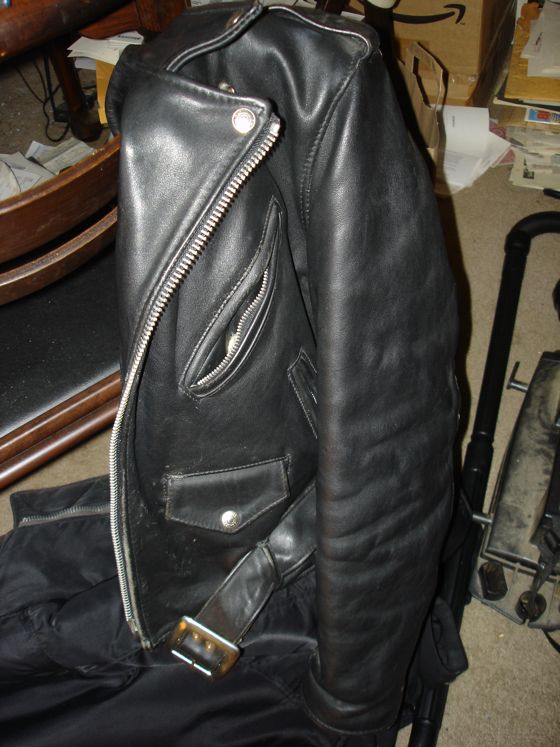
And when I feel the sturdy rivets in the belt loop, where Kevin replaced the buckle, I'm reminded of his generosity and his sense of how things must be.
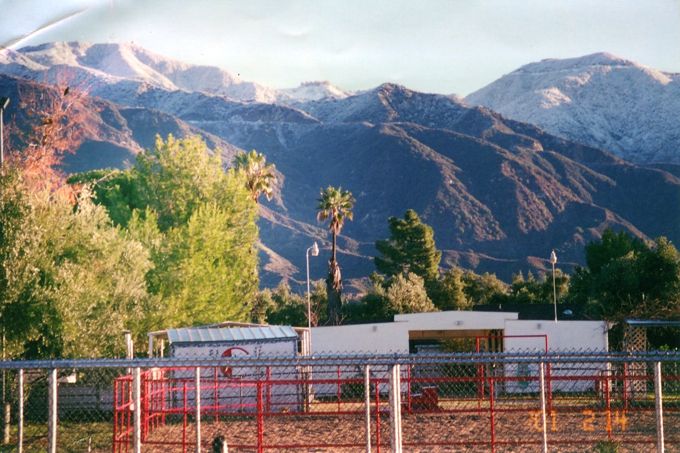 My friend Kevin Jarre died earlier this month. He was four years
My friend Kevin Jarre died earlier this month. He was four years“Of course I know how to ride a horse,” I said.
“No, you don’t. You don’t know anything about riding a horse. But I’m going to teach you.”
He gave me one of the two McClellan saddles he owned, and one of the
two horses he kept out at a stable in Sylmar, at the northwest edge of
the San Fernando Valley, and we started riding together every day, just
after dawn, up in the San Gabriel Mountains above Sylmar.
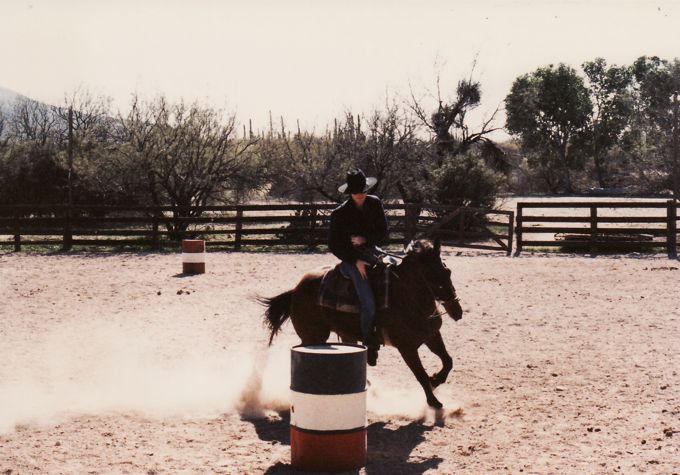
Kevin taught me everything he knew about horses, which was just about
everything there is to know about horses. He taught me that the trick
of riding is trying to be as decent and noble and gallant as the animal
who’s carrying you — and to learn how to do it with ease and grace.
I tried to absorb what he taught with my mind, but what he taught were
things you can only learn with your body and your heart. Once, when I
was trying to learn how to sit the trot — not the easiest thing to do
in a McClellan — he said, “Lloyd, can you just forget for five seconds
that you were raised Protestant?”
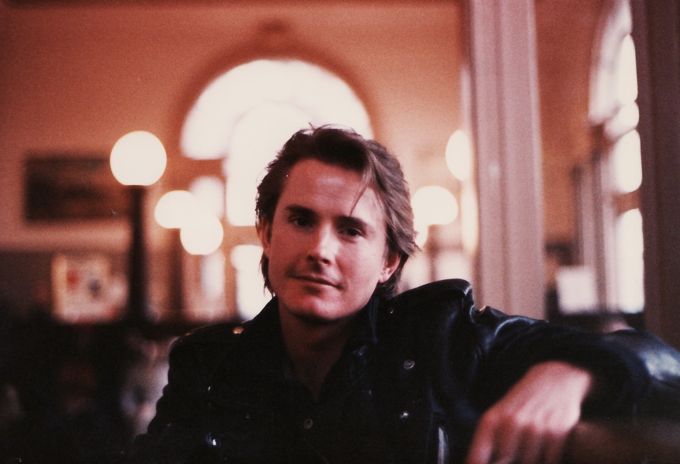
Sometimes when I’m drifting off to sleep I’ll retrace one of our trails
through the San Gabriels in my mind, trying to remember every turn of
it.
Kevin is always with me on those ghosts rides, and always will be. He
was a fine horseman, and fine horsemen are in touch with something
eternal.
Cast a cold eye on life, on death.
Horseman, pass by!
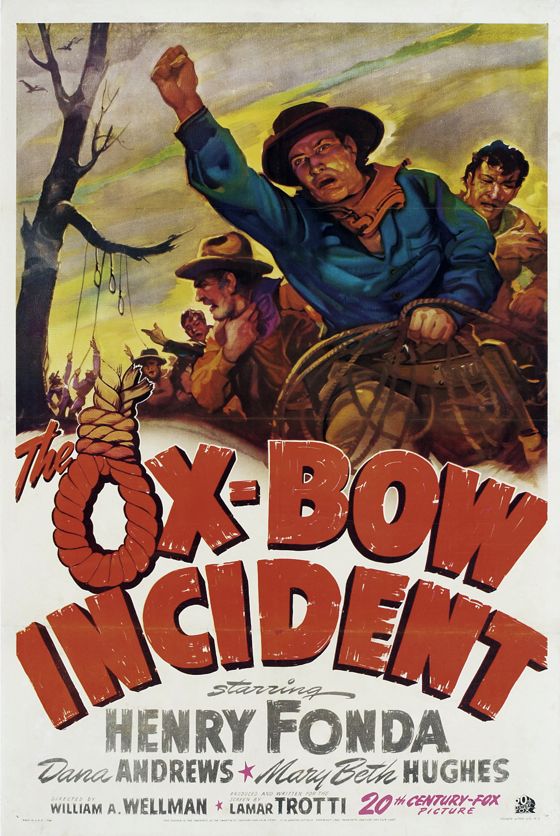
[Warning — a few plot spoilers here.]
Movie Westerns are about the spectacle of the Old West, of course, about the history of the frontier and America's collective memory of it — but none of these these things quite sums up, much less defines, the genre. The genre has always been a vehicle for showcasing, reviewing, sometimes redirecting but always celebrating American values. It's not concerned with sociology — dispassionately analyzing the actual values Americans have lived by — but with moral aspiration, with stories that endorse the values we think we ought to live by . . . in a form that says, accurately or not, “We have always lived by these values, these values have made us what we are.”
Westerns which don't do this may, like The Ox-Bow Incident, from 1943, look very much like regular Westerns, they may deal with the same themes and feature the same iconography, but they don't feel right. They don't feel like Westerns, and people who like Westerns won't go see them.
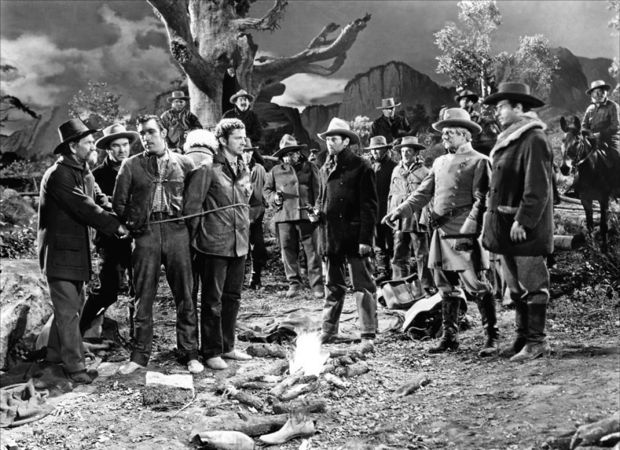
The Ox-Bow Incident is a very well-made film, with a compelling drama. But it's based on a novel which offered a kind of critique of the Old West and its values, a critique of frontier justice. Written in the late 1930s, it had a contemporary agenda — it wanted to warn Americans of the dangers of fascism, then rampaging through Europe, and to condemn lynching in other American contexts than the Old West.
It tells the tale of a successful lynching, and shows how decent men can become a party to such a thing. It shows cowboy hero types as complicit in socially sanctioned murder.
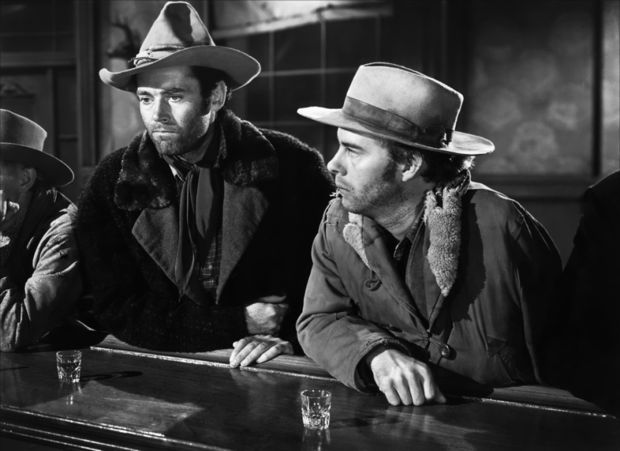
These are all valid things to do in the context of a period film, but when they're done in the context of a Western, they disorient audiences. Lynching is a common theme in Westerns, and almost always condemned, but condemned through the medium of the lone hero who stands up to the angry mob and stops it. It may be more powerful, and in some ways more honest and realistic, to make us identify with the hero who can't stop it — to implicate us in his failure. But this is not how Westerns typically work.
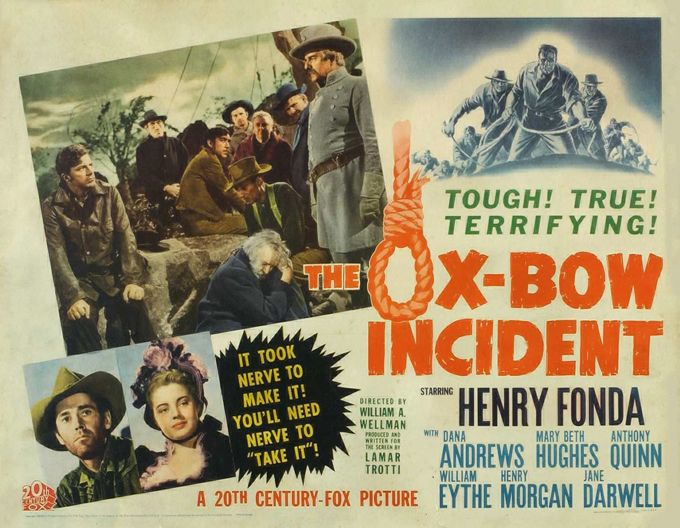
Audiences of 1943 stayed away from The Ox-Bow Incident in droves, despite glowing reviews and several Academy Award nominations, including one for best picture, and despite Henry Fonda in the starring role, giving one of his best performances.
The post-WWII, noir-inflected Western showed that authentic Westerns could get very dark indeed and still redeem even a neurotic hero who managed somehow to rise to the occasion at the end and behave nobly. Audiences had no problem embracing these more nuanced and complex and troubling variants of the formula. But with the rise of the anti-Western in the 1960s — Westerns which denied the reality, the validity of traditional American values, which grew cynical about the code of the hero — audiences reacted just as they had reacted to The Ox-Bow Incident in 1943. After an initial bout of enthusiasm, fueled by the novelty of the thing, the frisson of transgression, they stayed away in droves.
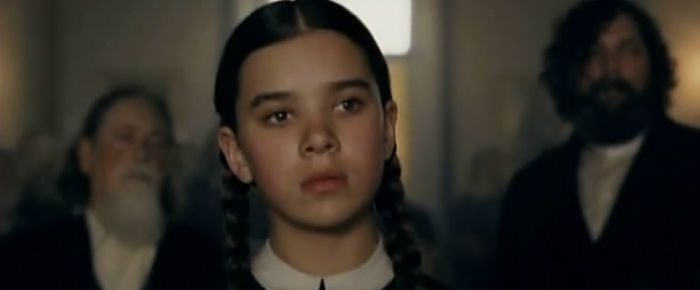
They're always ready to come back, however, when an authentic Western appears on the horizon — as the Coen brothers' True Grit recently proved. It's not a hard phenomenon to understand — except, apparently, in Hollywood. The extraordinary commercial success of the new True Grit — now closing in on a quarter billion dollars in international grosses — will undoubtedly lure someone else in Hollywood to try another Western. It will, most likely, be a Western that cynically challenges traditional American values — because that's the hip thing to do. When it flops at the box office, Hollywood will say, “Well, we were right all along. People don't like Westerns. True Grit was a fluke.”
But the success of True Grit wasn't a fluke, anymore than the failure of The Ox-Bow Incident was a fluke. It's all about what Westerns are, what people want them to be — need them to be.
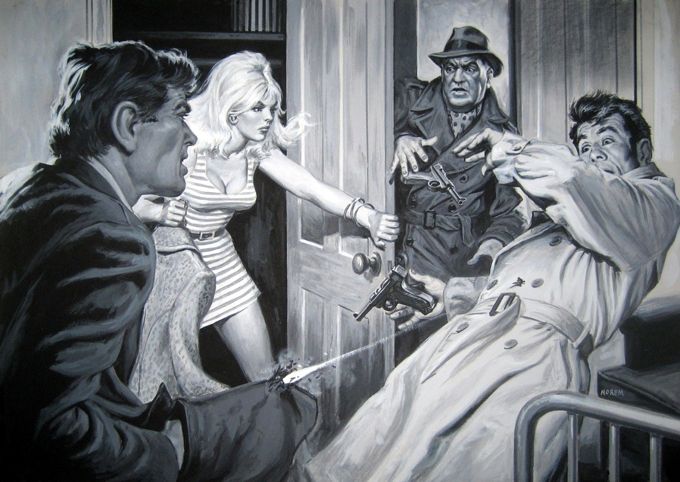
The great pulp magazine illustrators were truly brilliant. Always a composition emphasizing deep space, drawing your eye in instantly. Always a startling situation that grabs your attention, with a series of details that reveal themselves only on closer examination and help you parse the situation narratively — while at the same time leaving questions that you have to read the story to answer.
Filmmakers have much to learn from these guys.
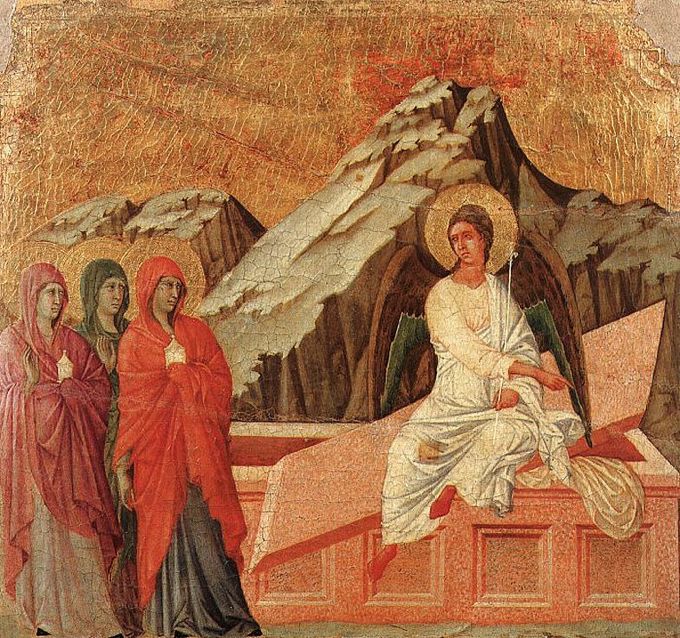
The Three Marys and the Risen Christ, Duccio di Buoninsegna
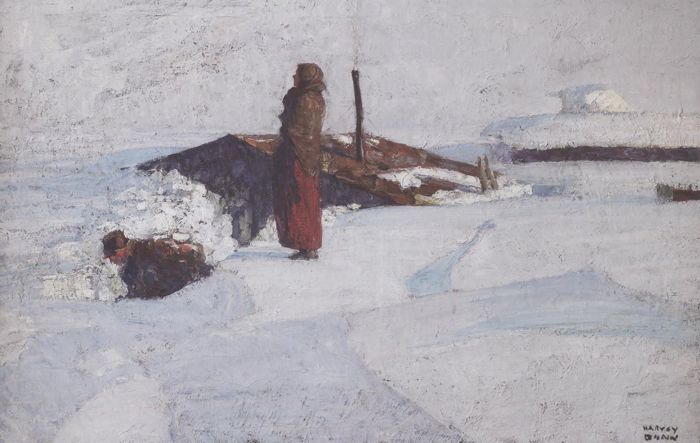
Digging Out
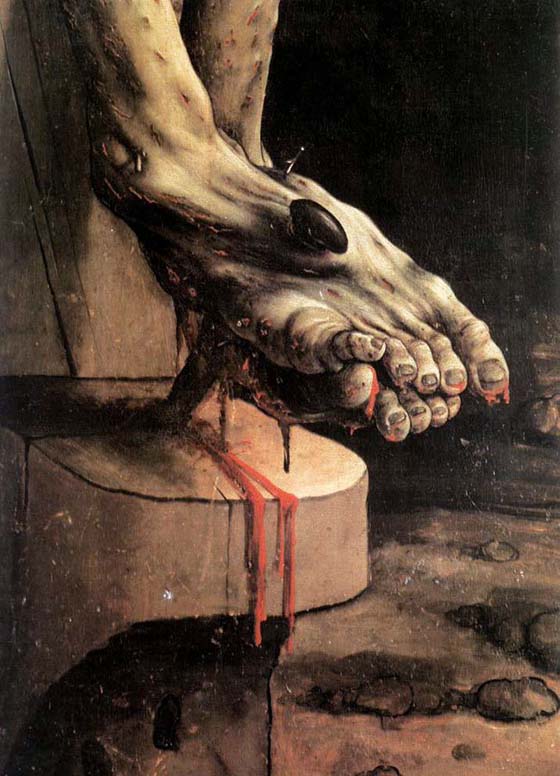
Matthias Grünewald, Crucifixion, detail.
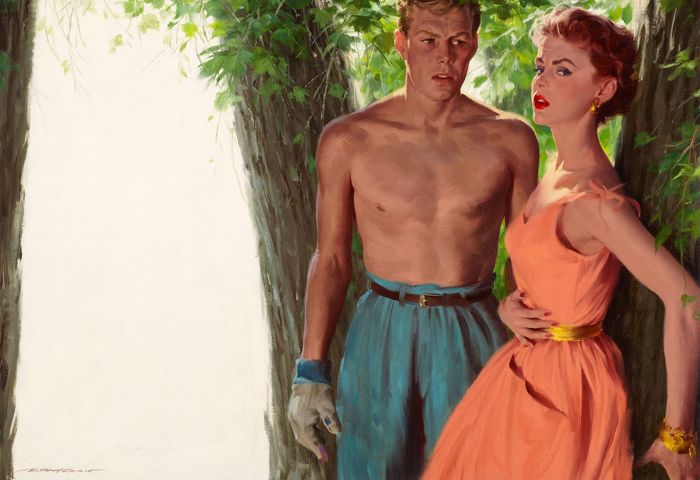
Illustration for “The Cabin”, Redbook magazine, 1954.
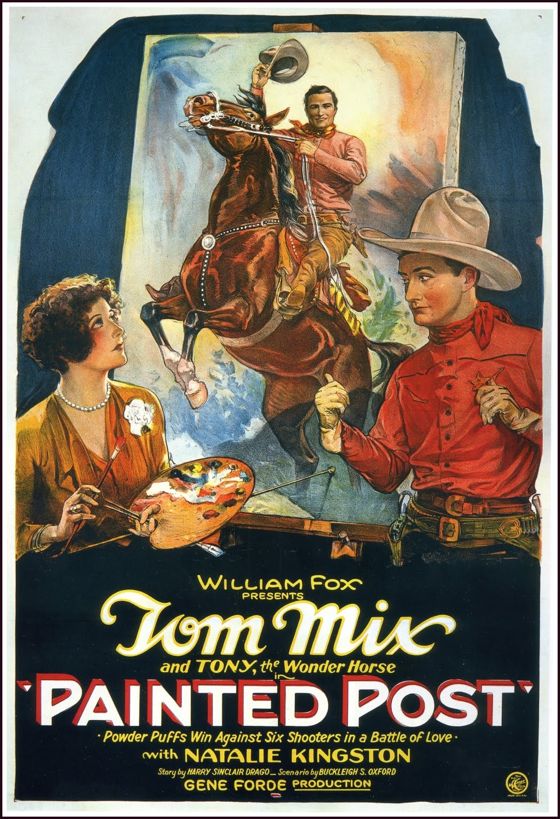

One of the cultural pleasures — yes, cultural pleasures, I say — of living in Las Vegas is that it allows one to get
in touch, imaginatively and sensually, with other delirious places in other delirious times . . .
.
. . such as, for example, the Paris of the Second Empire, when that
great city tried to distract itself, and the world, from the coming
rule of finance and industry with a mad whirl of elegant frivolity, all
set to the ironically careless music of Offenbach.

Among
the great features of the Second Empire (1852-1870) were the
spectacular international expositions that drew the world to Paris and
beguiled it with magical visions of exotic places and an even more
exotic future in which technology would harmonize and elevate all the
peoples of the planet.
| © 2006 Paul Kolnik |
One
cannot fail to see echoes of the legendary pavilions of these
expositions in the phantasmagorical resorts that now gleam
preposterously on the Las Vegas Strip. We even have here a replica of
the Eiffel Tower, a surviving relic from one of those expositions in
the 19th Century’s City Of Light. (The Tower dates from a later time
than the Second Empire but epitomizes the wonders of cast-iron
construction that so dazzled the Second Empire with its fantastical
possibilities.)

Here,
too, we can feel precisely the mood of visitors to the Prater, the
fabulous playground of pre-WWI Vienna — a place where shopgirls and
hussars gathered for elegant gaiety on the eve of apocalypse . . . the
weight of the old world’s doom only adding to the lyrical charm and
dazzling enchantment of the old world’s last sweet celebration of pure,
careless joy.
Echoes
of this poignant moment in time can be found in art, of course — in
Viennese operetta and most explicitly in the visions of Old Vienna
conjured up in the films of Erich Von Stroheim. But in Las Vegas today
you can experience it for yourself.
Writers always look for darkness in Las Vegas — an example of literary and intellectual irony, I suppose, since Las Vegas
is an empire of light. But it is also an empire of lightness, of silliness, of carefree release.
The
emptiness of the surrounding desert is keenly felt here — a perfect
image of the disintegration of humane life and vital culture in the
world at large. The dark revelations of Las Vegas’s conventional
literary observers are entirely redundant, banal and obvious. The Luxor
resort is a pleasure palace built in the form of an ancient tomb.
Grant’s final resting place is faithfully reproduced at the New York
New York casino. Las Vegas knows what it is about and needs no
reminders from emissaries dispatched by the old, dying culture to
“expose” it.
| © 2006 Paul Kolnik |
Here,
as on the Boulevard des Italiens in Offenbach’ time, as at the Prater
in the time of Von Stroheim’s youth, people congregate heroically to
remind themselves that the sweet, silly, ephemeral pleasures of life
will survive the collapse of civilizations and the ossification of
culture.
Here, as on Offenbach’s stages, as on the Prater’s carousels, “everything turns, everything dances . . .”

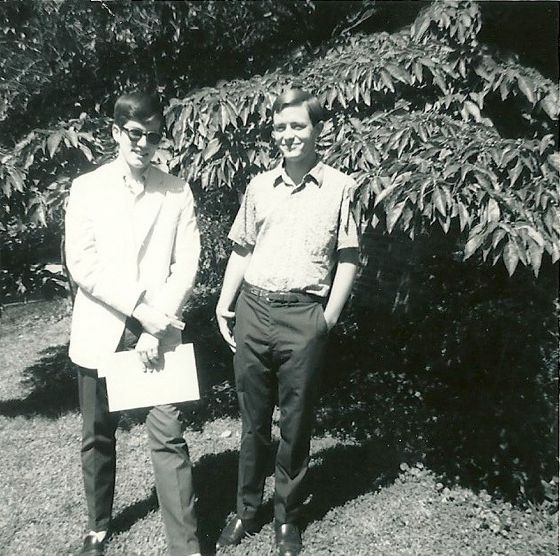
Paul Zahl, on the left, and myself — possibly just after completing principal photography on The Fruit At the Bottom Of the Bowl, our unauthorized 8mm adaptation of the Ray Bradbury short story. Paul played a debonair seducer who gets his just desserts, even as the wronged husband who delivers the revenge is plunged into madness. I directed and had a bit part as a police detective. We always thought it was important to choose film subjects drawn from our own life experiences.
As I’ve written before, Baudelaire saw the world, at its best, as an inn.
I see Las Vegas as a phantasmagorical rendition of that idea into an
urban space, and an urban ethos. It’s also possible to see the
phantasmagorical aesthetic of Las Vegas as a radical critique of 20th
Century art, 20th Century fine art, in particular, which perhaps
strayed too far from the auberge.
The idea of art itself as a kind of inn is not new. In his preface to “Tom
Jones”, way back in the 18th Century, Henry Fielding says that “An
Author ought to consider himself, not as a Gentleman who gives a
private or eleemosynary Treat, but rather as one who keeps a public
Ordinary, at which all Persons are welcome for their money.”
(Eleemosynary means charitable, and a public Ordinary is of course a
public tavern — a pub.)
The fine arts in the 20th Century, alas, out of a kind of decayed
Romanticism, a puerile rebellion against Victorian forms and an often
hypocritical reaction against commercialization, became a hermetically
sealed system, which the public was not invited to enter — popularity
was considered demeaning and art itself became a specialized realm
which the ordinary person could approach only as a supplicant, in the
care of priestly academic guides.
Pop art was a reaction to this insufferable piety about art — Warhol’s soup cans and Lichtenstein’s comic strip panels were like inn signs welcoming the public back into the ordinary. Sadly, there were no inns attached to these signs — they were gestures, wonderful jokes on the art world, but behind them lay empty rooms . . . no comfort or sustenance for the weary traveler. People used posters of them as wall decorations, but went to the movies and to rock and roll for art that had a transformative power in their lives, that offered shelter from the storm.
Meanwhile, officially discredited Victorian forms continued to carry, unofficially, art’s burden in the culture. Victorian melodrama, 19th-Century program music and academic painting migrated into the movies in obvious but unappreciated ways — at least by the official academic/intellectual observers of the 20th Century, who insisted on seeing film as a “modern” art, though it was modern only in its technological means. The scenic ambitions of Victorian theater and world expositions resurfaced in theme parks and in the megaresorts of Las Vegas.
Above is the interior of the Grand Palais in Paris, built for the Universal Exposition of 1900. Below is the interior of the conservatory at the Bellagio in Las Vegas, built in 1998.
At the world exposition of 1900 in Paris, there was a “Paris street”,
which offered a miniature Paris in a succession of attractions themed as
a Parisian boulevard — Loie Fuller, the famous dancer and early film
subject, had a theater in it, a popular satiric journal sponsored a
Punch and Judy show. An artificial Paris presented a sort of summary of
the real city’s spirit — a real city which lay just outside the gates
of the exhibition. This is obviously connected conceptually to the
more ambitious rendition of Paris afforded by the Paris Las Vegas, to
the Venetian, and to the Monte Carlo. It’s an example of architecture
as theater, as a vehicle of narrative.
While a self-respecting intellectual today might see the megaresorts of Las
Vegas as unique and alien examples of late 20th-Century vulgarity, a
19th-Century visitor to modern Las Vegas would feel quite at home,
culturally speaking. She would immediately recognize the megaresorts as
variants of the pavilions of the sensational world expositions of her
time. Most importantly, she would recognize the feeling of being at
home in the presence of art — an art which, like the movies and rock
music, like Fielding’s “public Ordinary”, welcomes all for their money.
Fielding’s Gentlemen of art, with their private, charitable Treats,
will come back to Las Vegas eventually, offering to stand a round of
drinks for the house . . . or maybe a few rounds of drinks. They’ve
been away a disgracefully long time, after all, and the culture has
moved on quite cheerfully without them.